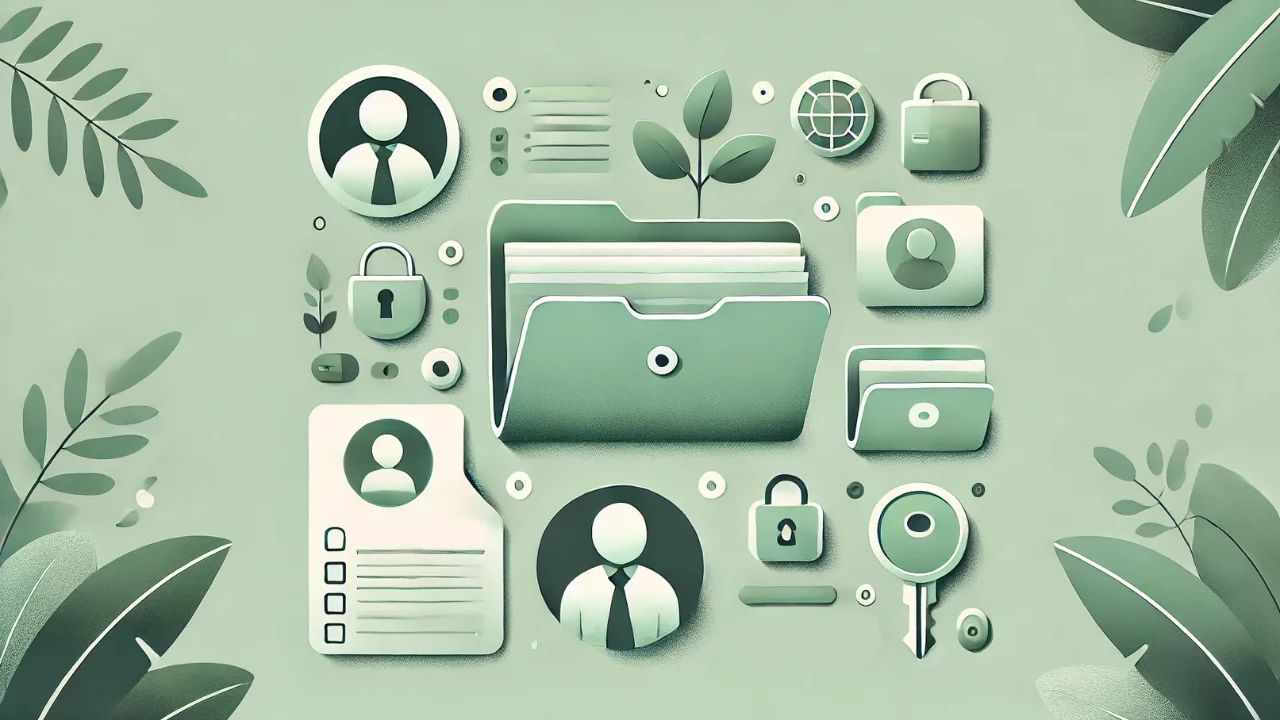Cold email outreach is a marketing tool that requires strategy. If you simply write emails, send them out to all your contacts then sit back and wait for results, you’re going to end up feeling disappointed. By applying a strategy to your campaigns you’ll not only be more successful but the creation of future campaigns will be easier too. In this particular article, we’ll share 3 cold email outreach strategies that genuinely do work, but first, it’s important that we’re clear about the basics.
What is cold email outreach?
Cold email outreach is an old marketing technique that has been used for quite some time now. Some people believe that email marketing is dead and that social media and paid ads are better ways to reach out to potential customers. They couldn’t be further from the truth. Email marketing is one of the best ways to get in touch with prospective clients and build relationships with them. It’s also a great way to drive traffic to your website and increase conversions.
Cold outreach is defined as the recipient having not heard of or engaged with your business. They are a completely cold prospect. You can use this opportunity to introduce yourself and your company to them.
What types of companies benefit from cold outreach?
Cold outreach campaigns can, generally speaking, benefit almost any business that is looking to build its network, increase its leads or work towards a particular business goal. Taking example of email marketing for gyms, it helps gym owners to increase their reach in the fitness market and target specific audience. The same approach can also work for all other businesses looking for broadening their reach and achieving their sales goals.
Typically, cold outreach benefits people who are looking to complete one of the following goals:
Become An Industry Expert: By leveraging your business knowledge and sharing this in cold emails you’re able to show a wider audience that you are an industry authority. Becoming a thought leader is huge for your reputation and can lead to future sales.
Build A Personal Relationship: Sending cold emails typically works best when you connect with individuals. Including personalization in your emails, see below strategies, creates a more meaningful relationship with your audience.
Grow Your Leads: Arguably one of the most popular reasons to launch cold email campaigns is to develop a sales pipeline by increasing leads to drive more sales. Cold email outreach campaigns do regularly deliver leads when built properly and launched with appropriate strategy.
Develop Brand Awareness: Let’s revisit the definition of cold outreach. On these campaigns, you are only targeting people who have yet to hear about or connect with your brand. Therefore, they will naturally significantly increase your brand awareness, audience size, and reach. Done correctly, you’ll have a whole new group of people to market to.
Increase Website Traffic: During your email outreach campaign, and potentially not immediately, you’ll look to send people to your website. This could be a product page, a valuable resource, or a blog article, whatever you choose traffic will begin to arrive through your email campaigns.
Cold Email Outreach Strategies That Work
Email Warmup
Email warm-up isn’t just a nice-to-have, but is an absolute necessity for cold email outreach campaigns. That is especially true for those who haven’t sent out a campaign before. If you fail to warm up your email address then everything that you’ve spent time and effort creating will be neatly filtered out by spam filters and end up in junk mail folders. There are, helpfully, tools such as Instantly that offer email warm-up. The concept is that by slowly increasing the number of emails that an account sends, rather than launching a campaign that could send hundreds or thousands of emails at once, you’ll be seen as a legit sender rather than spam.
Personalization
Personalization is absolutely core to your cold email marketing strategy. It’s important to remember that your average recipient will receive dozens of emails every day. Many of them looking to sell a product or service. Most of these emails are simple merges that don’t offer much in the way of personalization, it’s an email from the company to everyone on their mailing list. These emails are barely read and tend to lack much (if any) engagement.
Instead, look to personalize your emails with basic information such as their name at a minimum and then look to how you can go the extra mile. Consider their interests, look to point the way to specific information that might give them value, and share insights about their business specifically. The more personal that the email can be the higher the rate of engagement is likely to be, as well as the likelihood of getting a response.
Social Proof
People regularly rely on the recommendations of their friends, their family, and their network. If you are able to share social proof that your product or services have helped people like them, you’ll see far better results. Even more so if you’re able to share personalized social proof.
Consider the difference between saying, “Our product has helped many people achieve xyz.” versus “It was great to see how Steve Adams (who we met at ABC last week) was getting on with our product. He’s seeing great results and thought you might do too.” Not only is there a personal connection, but someone the person respects approves of the product.
Key Takeaways
The truth of the matter is that these aren’t 3 separate email outreach strategies, more they are all arms of one overarching strategy. It’s true that you’ll see results if you just implement one of these, but by creating a strategy that incorporates all three, you’ll be on your way to cold outreach success.
- Email warmup is a necessity, not an optional extra.
- Personalization makes all the difference when reaching out to new people.
- Leveraging social proof will make selling far simpler





